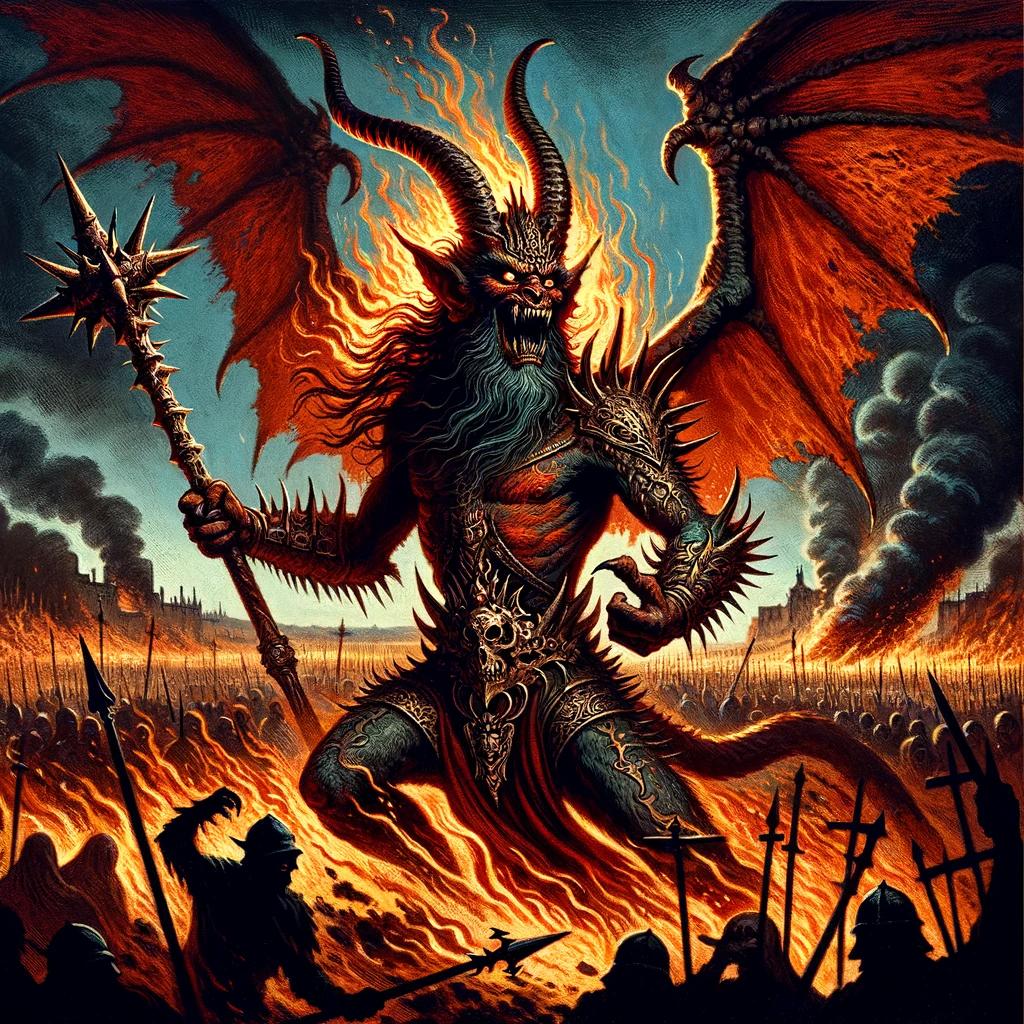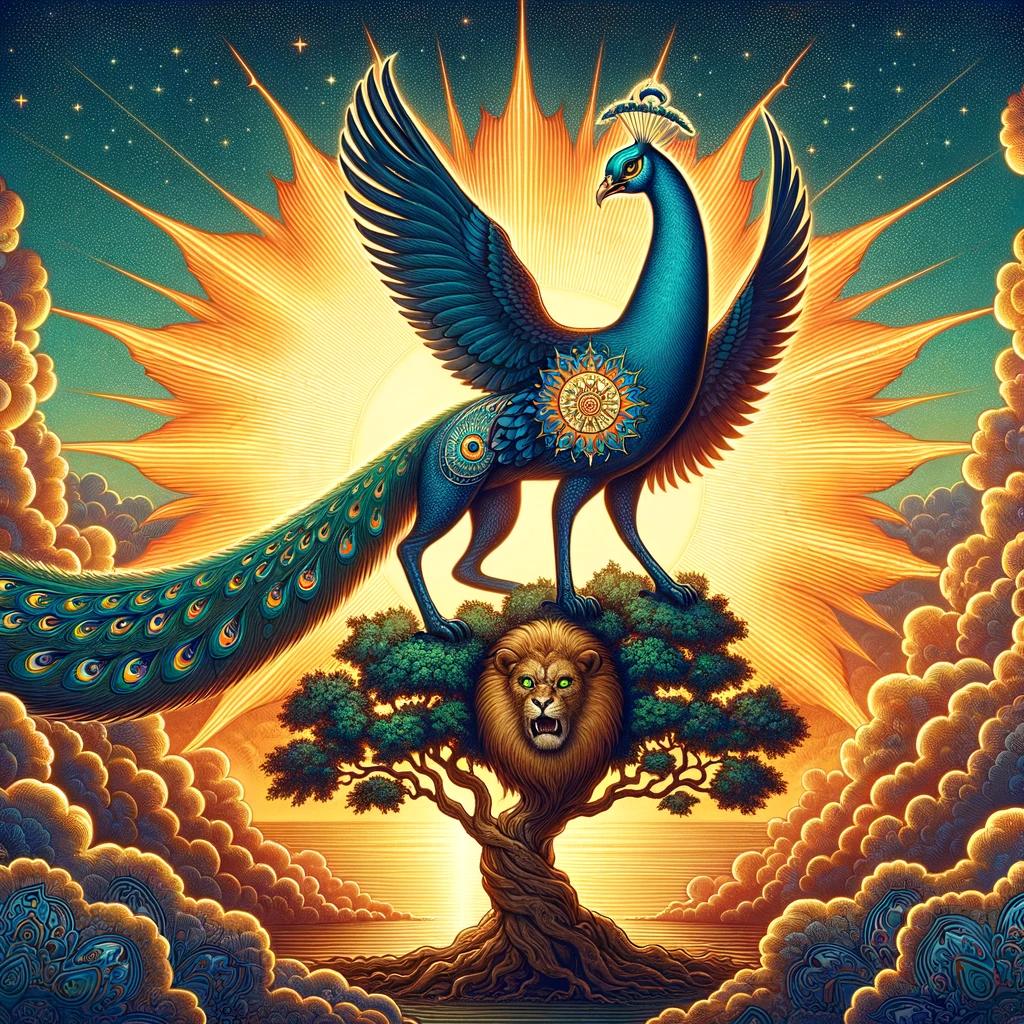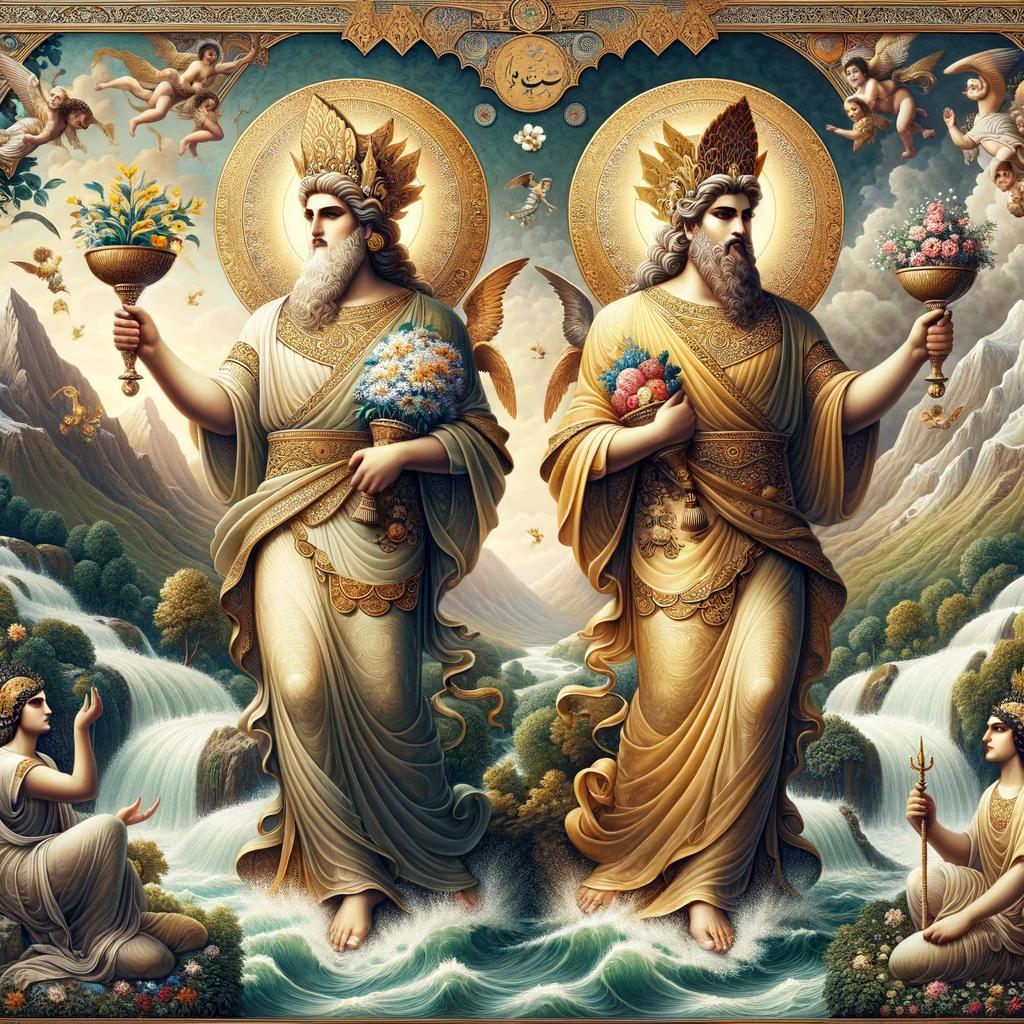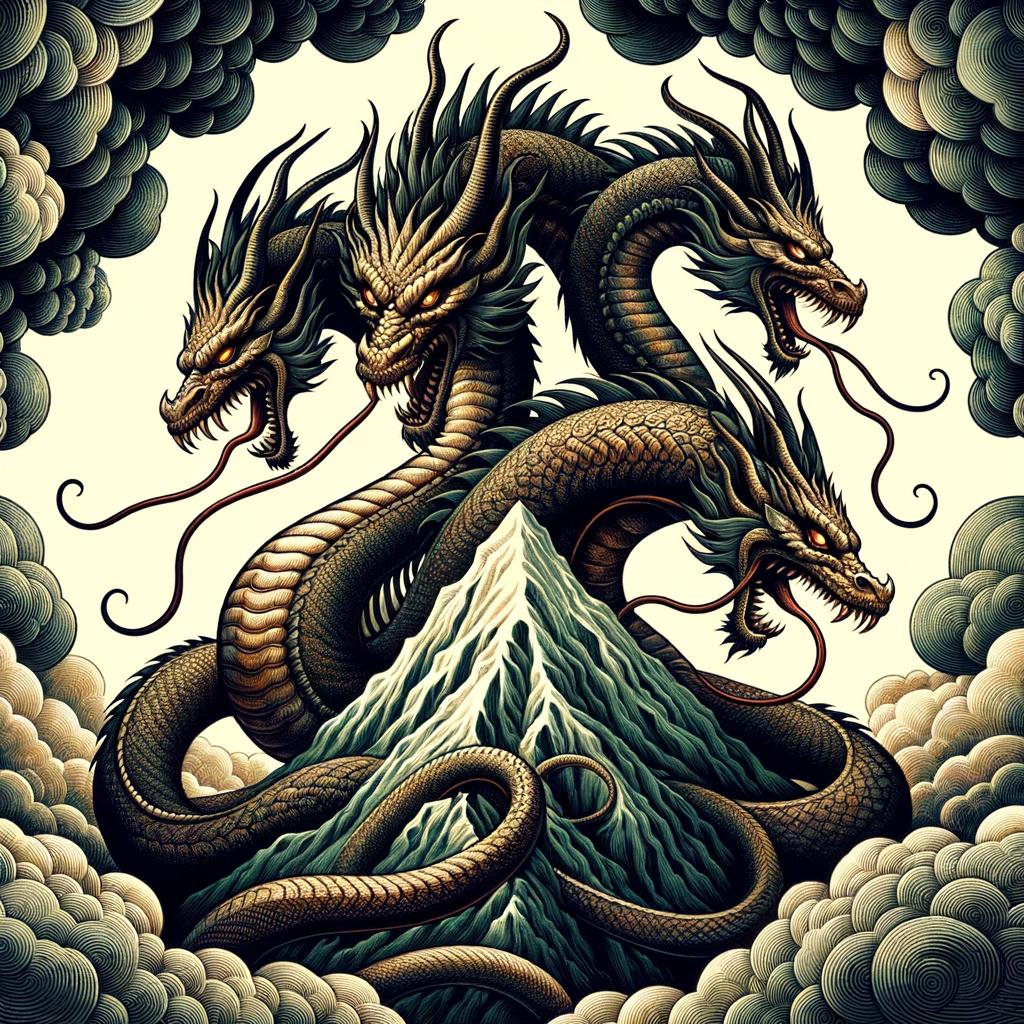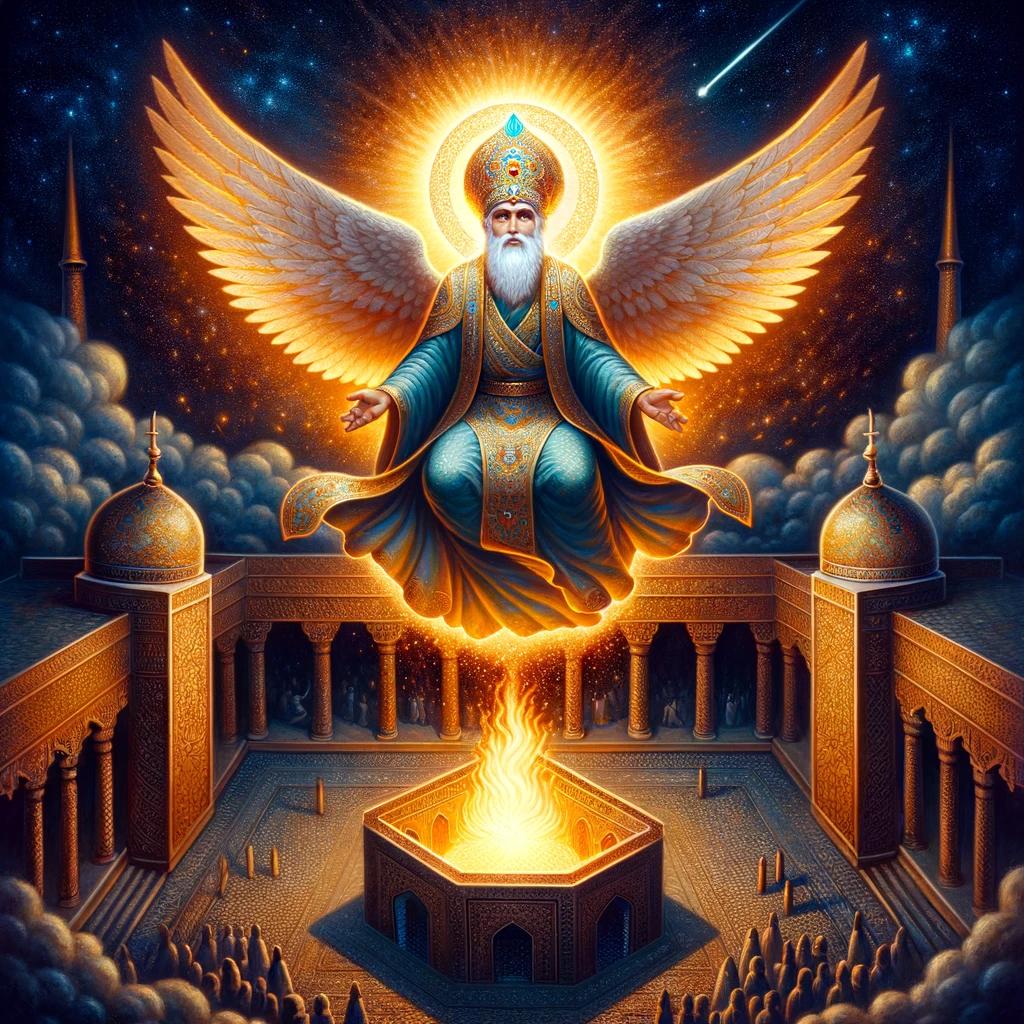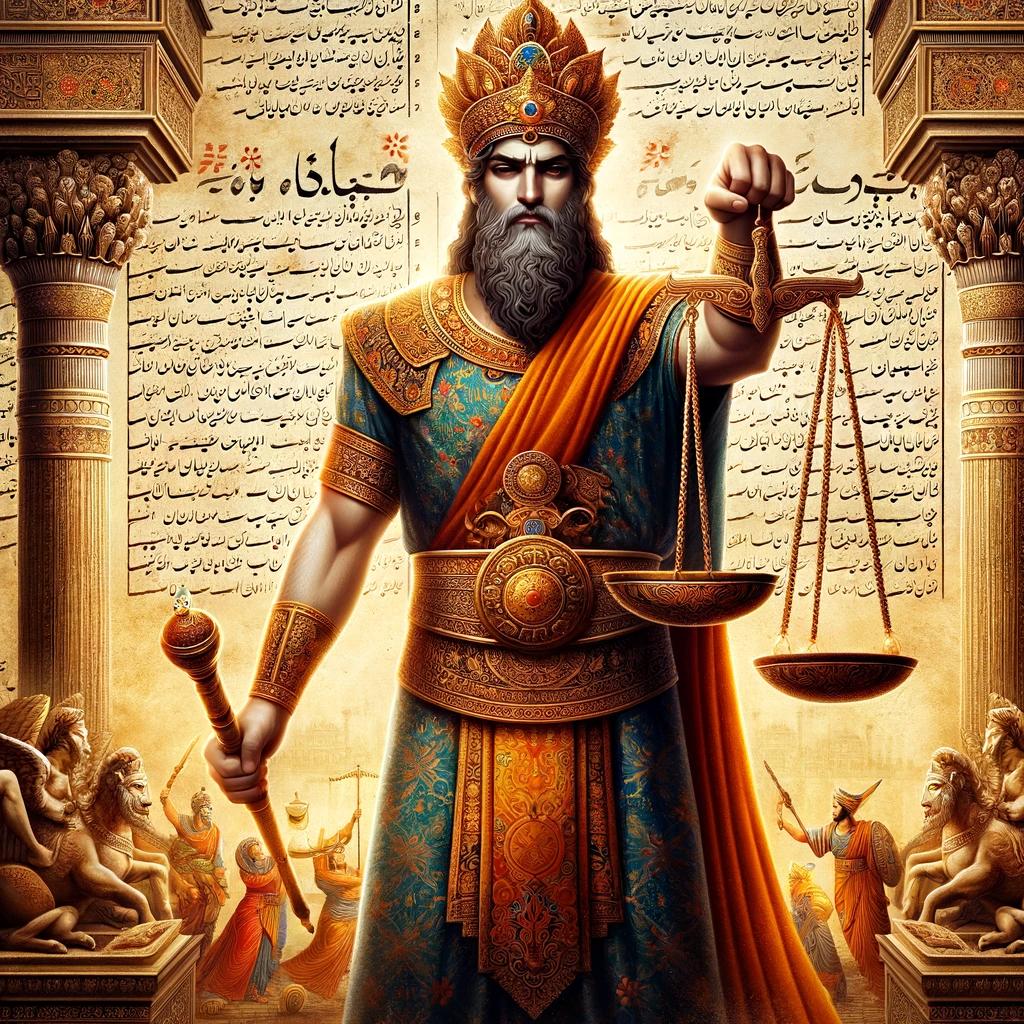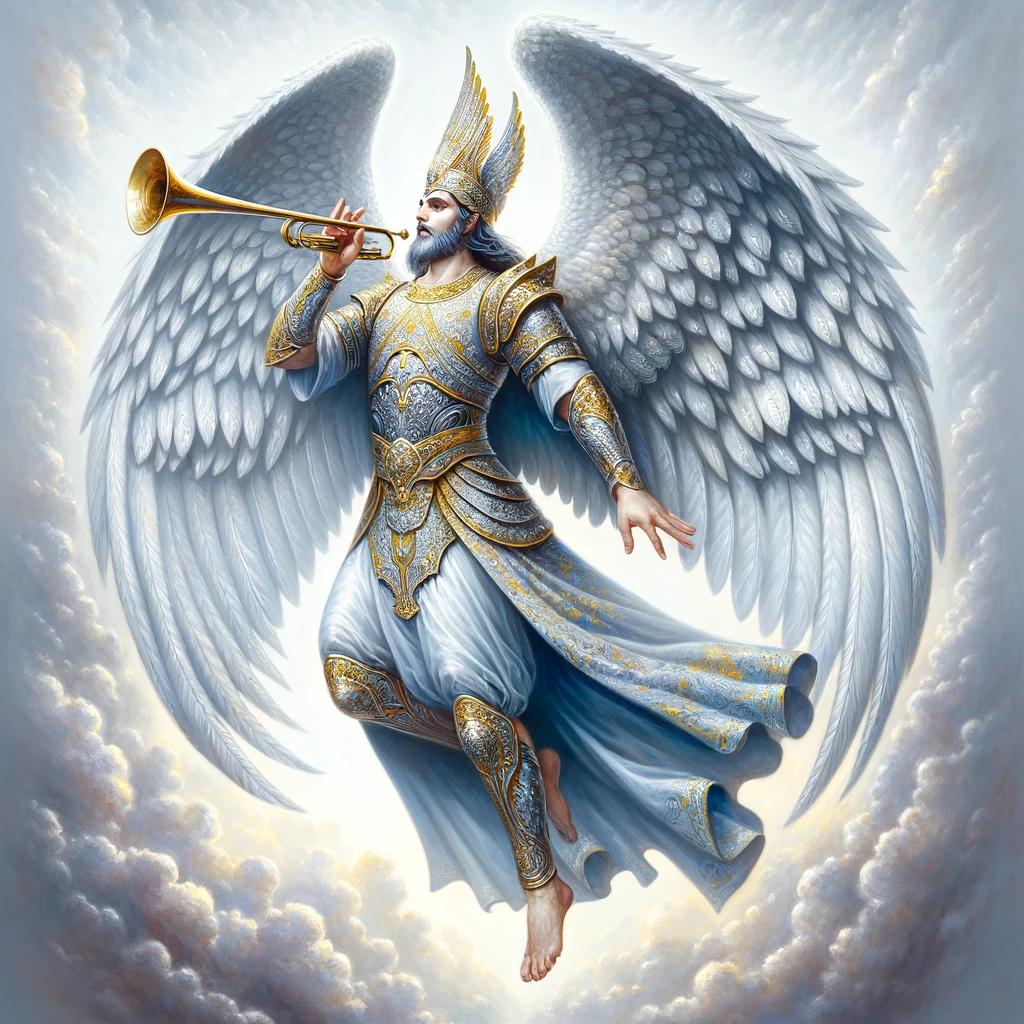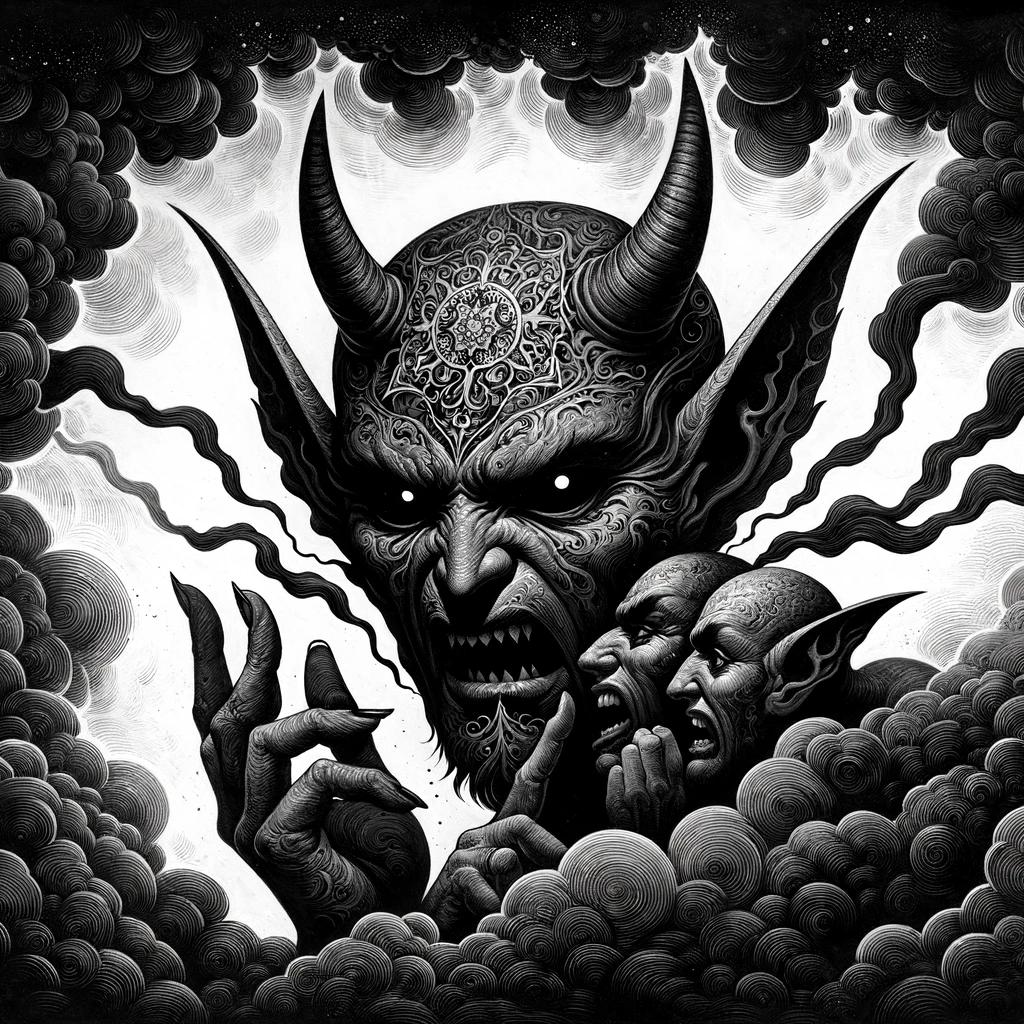Tishtrya God: Unveiling the Ancient Iranian Deity’s Impact and Mythology
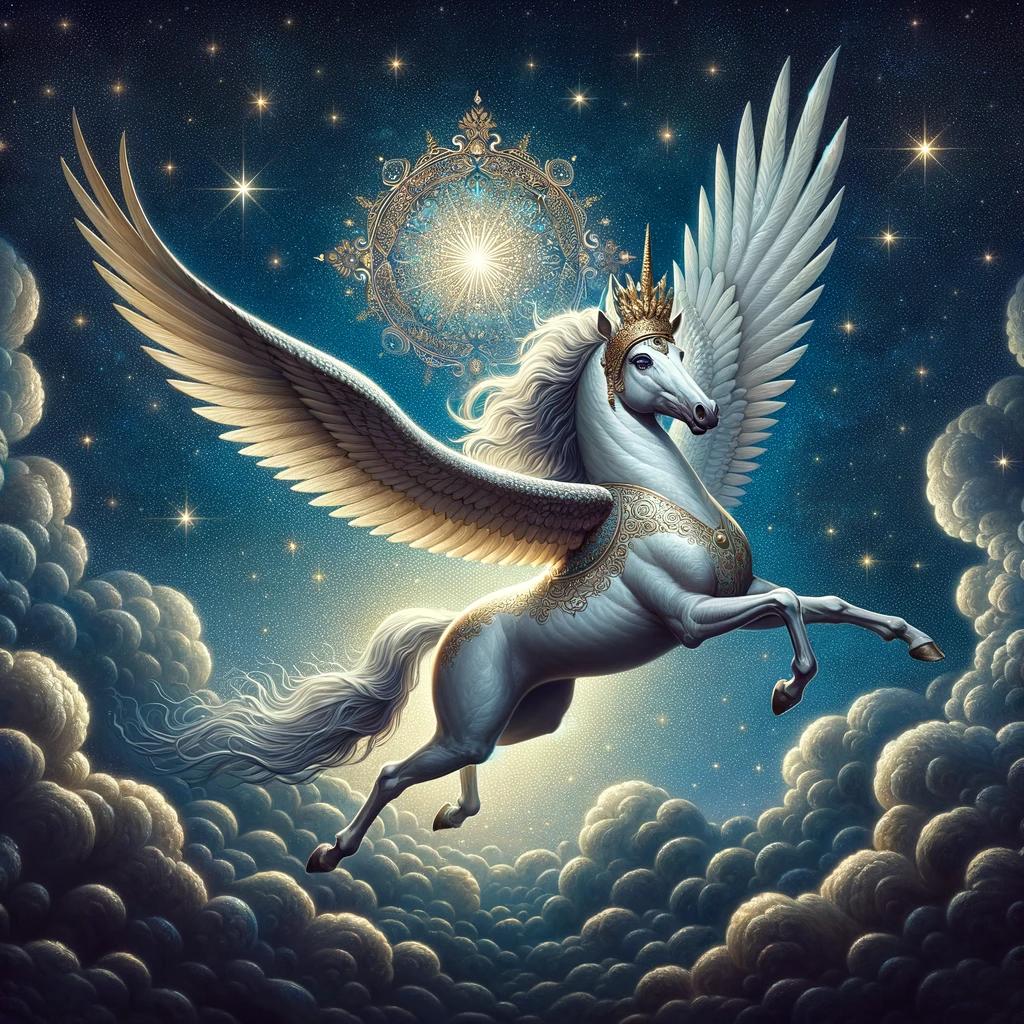
Tishtrya god holds significant importance in ancient Iranian religions, playing a central role as a benevolent deity associated with rain and fertility. In the myth of Tishtrya, he complains about the lack of proper prayers and sacrifices from humanity, leading to his weakened power.
Ahura Mazda intervenes by offering a sacrifice, empowering Tishtrya to battle and defeat the drought demon, Apaosha, bringing much-needed rain to nourish and revitalize the Earth. This myth intertwines with astronomical and seasonal events, including the appearance of Sirius and its connection to the days of the dog.
Additionally, Tishtrya’s legend shares resemblances with Ishat, the goddess of fire and drought. Overall, Tishtrya’s role and mythology showcase his crucial significance in ancient Iranian beliefs.
The Importance of Tishtrya in Ancient Iranian Religions
Tishtrya, the divine figure of ancient Iranian religions, holds a prominent role within their belief systems.
This section explores Tishtrya’s significance, contrasting Iranian religion with the Vedic tradition and considering the influence of Babylonian science on Iranian beliefs.
Tishtrya’s Prominence in Ancient Iranian Religion
In ancient Iranian religion, Tishtrya emerges as a central figure. Unlike in the Vedic tradition, Tishtrya plays a prominent role, which can be attributed to the influence of Babylonian science on Iranian groups, especially in western regions.
The Avesta mentions stars and astral deities, with Tishtrya occupying a central position within this context.
Contrasting Vedic and Iranian Religions
While Tishtrya holds great importance in ancient Iranian religion, the Vedic tradition does not give him the same prominence. This contrast highlights the unique aspects and perspectives of Iranian religious practices, specifically regarding Tishtrya’s significance and influence.
Influence of Babylonian Science on Iranian Beliefs
The influence of Babylonian science can be seen in the religious beliefs of ancient Iranians, particularly among western groups. This influence likely contributes to the elevated role of Tishtrya in their belief systems.
The Avesta references stars, astral deities, and the presence of astronomical concepts, further connecting Tishtrya with celestial phenomena.
The Myth of Tishtrya and His Battle against Apaosha
Tishtrya, a prominent figure in ancient Iranian religions, played a central role in the battle against the demon of drought, Apaosha. The myth revolves around Tishtrya’s complaint to Ahura Mazda about humanity’s lack of proper prayers and sacrifices, which weakened his power.
In response, Ahura Mazda offered a sacrifice to strengthen Tishtrya and enable him to confront Apaosha.
Tishtrya’s Complaint to Ahura Mazda
Tishtrya expressed his discontent to Ahura Mazda, highlighting how insufficient prayers and sacrifices from humanity had weakened his strength. He sought Ahura Mazda’s intervention to restore his power and protect the Earth from the devastating effects of drought.
Ahura Mazda’s Sacrifice to Strengthen Tishtrya
In response to Tishtrya’s plea, Ahura Mazda offered a sacrifice to strengthen the deity, infusing him with divine power to confront Apaosha. This sacrificial act aimed to empower Tishtrya and enhance his abilities in the impending battle.
Tishtrya’s Fierce Battle with Apaosha
The battle between Tishtrya and Apaosha lasted for three days and three nights. Tishtrya fearlessly fought against the demon of drought, using his divine strength and abilities. The fierce confrontation represented the cosmic struggle between forces of prosperity and devastation, with Tishtrya endeavoring to bring rain and rejuvenation to the Earth.
Tishtrya’s Victory and Revitalization of the Earth
Ultimately, Tishtrya emerged victorious over Apaosha in the epic battle. His triumph marked the end of the drought and initiated a period of revitalization for the Earth. Tishtrya’s victory led to rainfall that nourished and renewed the lands, bringing fertility and abundance to the people.
The Astronomical and Seasonal Interpretation of Tishtrya’s Myth
Exploring the significance of Tishtrya’s myth, we delve into its connection with astronomical and seasonal events. This interpretation sheds light on the intriguing relationship between mythology and the celestial world.
Sirius and Its Connection to the Days of the Dog
One celestial element linked to Tishtrya’s myth is Sirius, known as “The Dog Star.”
During the Bronze and Iron Ages, Sirius heliacal rising coincided with the ancient wild dog’s mating season, called the Days of the Dog. This synchrony contributes to the symbolism associated with Tishtrya and Apaosha’s battle.
Tishtrya and Apaosha’s Battle and the Appearance of Sirius
The epic battle between Tishtrya and Apaosha aligns with the appearance and disappearance of Sirius in the sky during dawn and twilight. It signifies a cosmic conflict paralleling the struggle between rain-bringing deity and drought-bringing demon, heightening the narrative’s celestial and seasonal implications.
The Conflation of Mythology and Astronomical Events
It is fascinating to observe how Tishtrya and Apaosha’s battle coincides with astronomical phenomena, blurring the lines between mythology and observable celestial events. This conflation enhances the mythical narrative, illustrating the ancient Iranians’ understanding and reverence for both cosmic and earthly forces.
Connections with Ishat and the Days of the Dog
Ishat, known as ‘the perra of the gods,’ is a significant figure in ancient Iranian mythology. She is associated with fire and drought, representing the hottest and driest season of the year.
Ishat’s role as a goddess of drought complements Tishtrya’s connection to rain, creating a dichotomy in the natural world.
Ishat’s Association with the Hottest Season and Dog Mating
According to mythology, Ishat is closely linked to the hottest season of the year, known as the dog days. These scorching days coincide with the mating season of wild dogs. The intense heat and dryness during this period are symbolically represented by Ishat’s presence.
As the dogs mate and the temperature rises, Ishat’s influence is believed to reach its peak. This association between Ishat and the dog days further emphasizes her connection to drought and fiery elements.
Parallels Between Ishat and Tishtrya’s Mythology
Although Ishat and Tishtrya represent opposing forces, their myths share intriguing parallels. Both deities hold significance during specific periods of the year – Ishat in the hottest season and Tishtrya during the battle against drought.
Their contrasting roles in the natural cycle create a balanced dynamic in Iranian mythology.
Moreover, the juxtaposition of Ishat’s fierce and destructive nature with Tishtrya’s benevolent and life-giving attributes adds depth to their intertwined stories.
The connection between these two deities highlights the complex relationship between fire, drought, rain, and fertility in ancient Iranian beliefs.
Tishtrya’s Role as a Benevolent Rain and Fertility God
In ancient Iranian religions, Tishtrya was revered as a benevolent deity associated with rain and fertility. This section explores the various aspects of Tishtrya’s role in bringing prosperity to the land and protecting its people.
Creation of Lakes, Rivers, and Protection of the People
Tishtrya’s divine influence manifested in the creation of lakes and rivers, which were crucial sources of water for agriculture and sustenance. These bodies of water were believed to be his gifts, providing nourishment and abundance to the land.
Furthermore, Tishtrya held a vigilant watch over his people, safeguarding them from any threats that may arise.
Tishtrya’s Continuous Watchfulness and Defense
As a guardian deity, Tishtrya remained watchful to ensure the well-being of his followers. His constant presence brought comfort and reassurance, assuring the people of his protection against any form of harm or calamity.
This divine vigilance instilled a sense of security and reliance on Tishtrya’s benevolence.
Ahura Mazda’s Intervention and Strengthening of Tishtrya
In times of need, Tishtrya’s power and capabilities were fortified through the intervention of Ahura Mazda, the supreme deity in Iranian religions. Ahura Mazda recognized the importance of Tishtrya’s role in maintaining a harmonious balance in nature and humanity’s well-being.
Through offerings and sacrifices, Ahura Mazda bestowed divine strength upon Tishtrya, enabling him to combat and overcome adversities that could threaten the fertility of the land.
.












